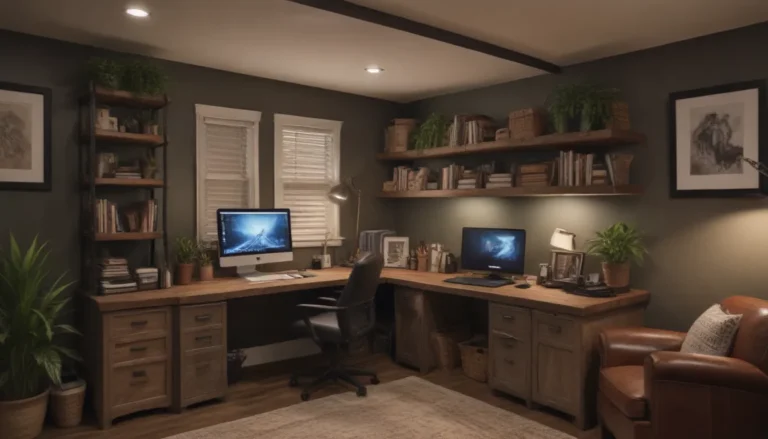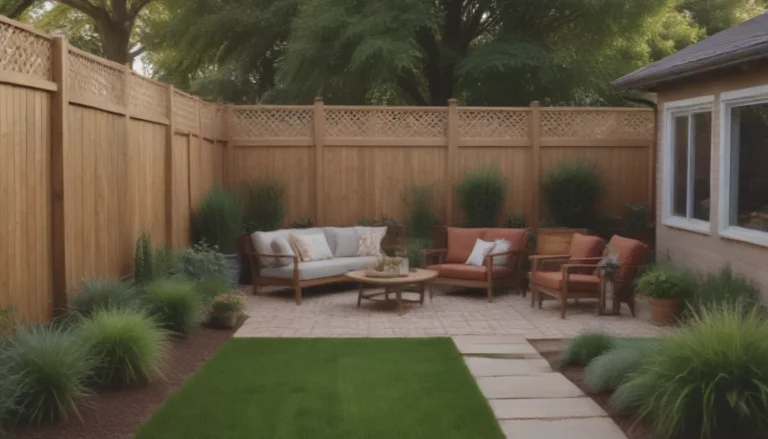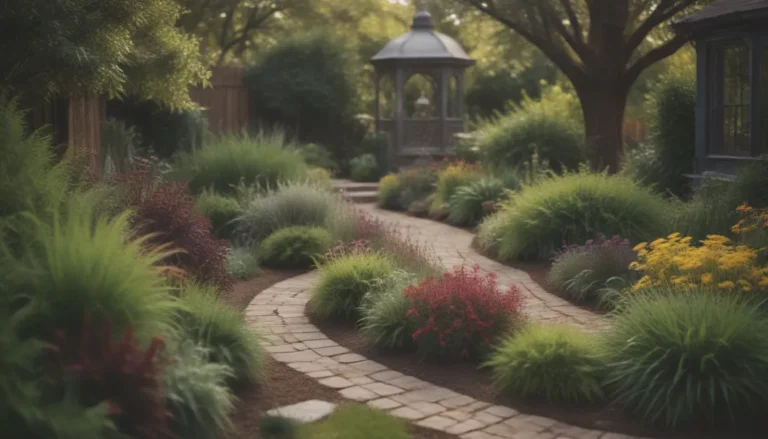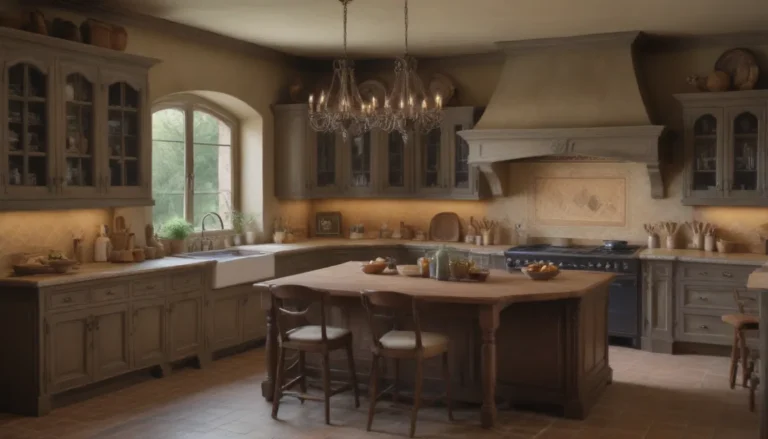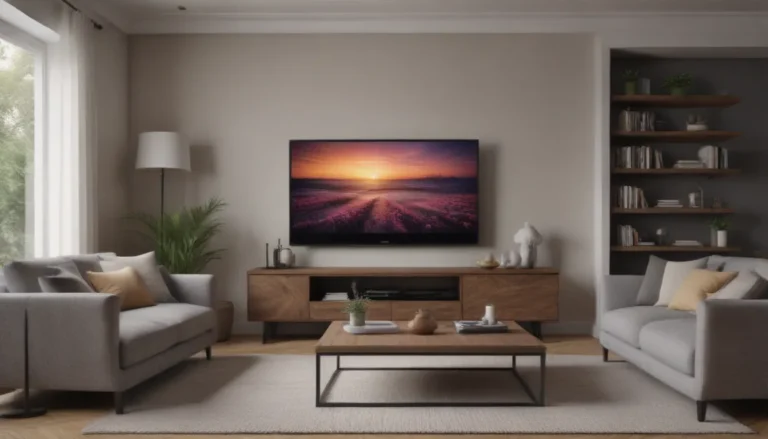A Comprehensive Guide to 27 Interior Design Styles You Need to Know
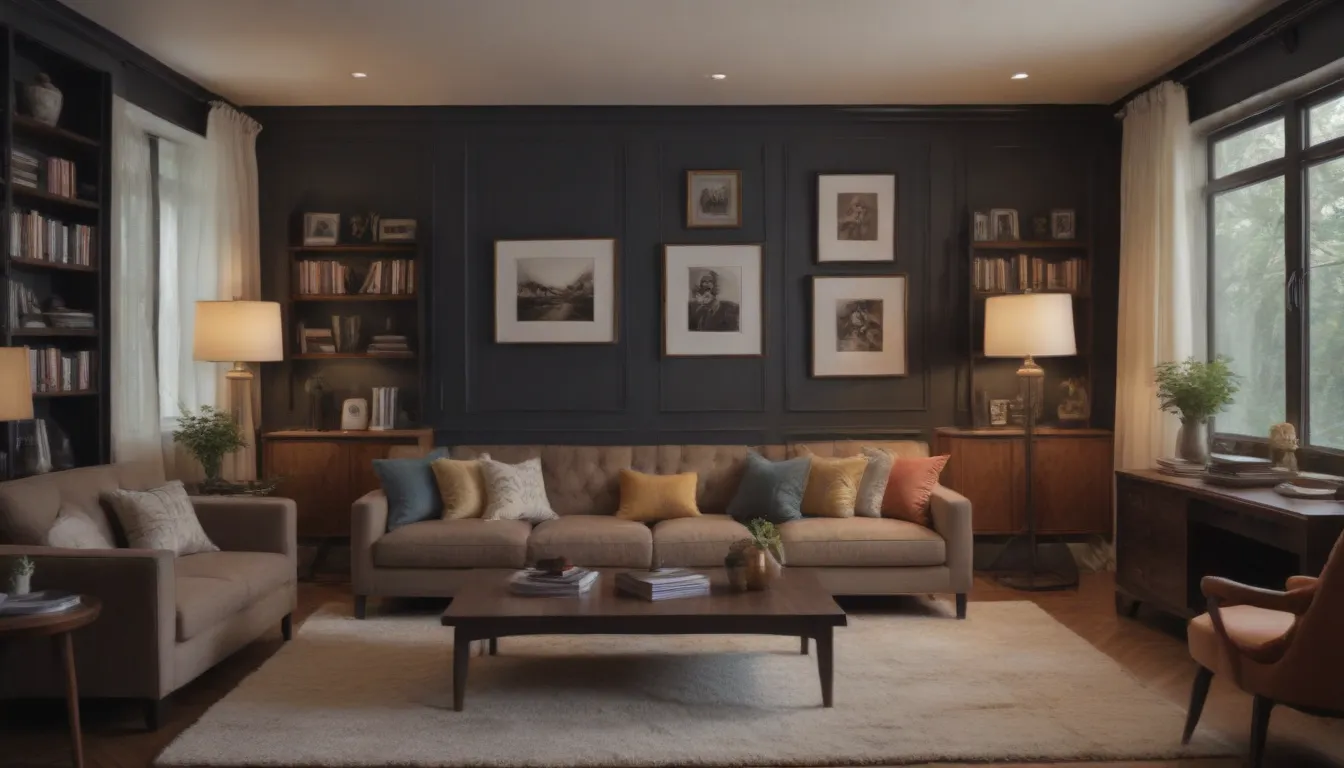
When it comes to decorating your home, the choices can be overwhelming. From modern to traditional, eclectic to Scandinavian, there are countless interior design styles to consider. Understanding the key elements and characteristics of each style can help you narrow down your options and create a space that reflects your personal taste and preferences. In this in-depth guide, we will explore 27 of the most popular interior design styles to help you identify which ones resonate with you the most. So sit back, grab a cup of coffee, and let’s dive into the wonderful world of interior design!
Modern Interior Design
Modern interiors draw inspiration from the modernism and midcentury design of the 20th century. With clean lines, neutral colors, and minimalistic furniture, modern spaces feel current and welcoming. However, don’t be afraid to play with color, patterns, and textures to add your personal touch to a modern interior.
Contemporary Design
Contemporary homes refer to those from the late 20th century to the present day. Clean lines, neutral palettes, and sustainable designs are hallmarks of contemporary interiors. Large windows and simple window treatments allow natural light to flood the space, creating a bright and airy atmosphere.
Midcentury Modern
Midcentury modern design is a blend of style and functionality. Clean lines, wood finishes, and a connection to the outdoors characterize this design style. Furniture pieces inspired by midcentury modern designs are versatile and can be easily integrated into modern interiors.
Minimalist Style
Minimalist design focuses on simplicity and functionality. Clean lines, monochromatic color schemes, and quality materials create a warm and inviting space. Minimalist interiors are free of clutter and unnecessary ornamentation, allowing the beauty of the design to shine through.
Modern Farmhouse
Modern farmhouse style combines modern elements with rustic charm. Warm wood finishes, industrial lighting fixtures, and neutral palettes create a cozy and inviting atmosphere. Signature elements like shiplap walls and beadboard paneling add character to modern farmhouse interiors.
Differences in Farmhouse Styles
- Modern Farmhouse: Light, bright finishes with industrial elements.
- Farmhouse: Darker palettes with weathered materials like aged wood and original brick.
Eclectic Design
Eclectic interiors combine styles and periods to create unique and personalized spaces. Mixing patterns, colors, and finishes allows you to tell a story through your decor. Global elements and unexpected pieces add visual interest and create a truly one-of-a-kind space.
Japandi Style
Japandi is a fusion of Japanese and Scandinavian design aesthetics. This minimalist style combines pale woods, soft textiles, and natural materials to create a tranquil and harmonious space. Japandi interiors offer a serene retreat from the chaos of the outside world.
Industrial Interior Design
Industrial-style interiors draw inspiration from urban warehouse lofts. Raw materials like concrete and metal, exposed brick walls, and industrial lighting fixtures are characteristic of this style. Today, industrial elements are often mixed with other styles to create unique and eclectic spaces.
Hybrid Styles
- Industrial Farmhouse: Blends industrial and farmhouse decor for a comfortable and on-trend look.
- Coastal Farmhouse: Combines coastal and farmhouse elements for a relaxed and breezy ambiance.
Coastal Design
Coastal style embraces a light and breezy aesthetic inspired by beach living. Soft colors, natural materials, and plenty of natural light create a timeless and relaxing space. Coastal interiors are perfect for creating a serene and beachy vibe in any home.
Rustic Style
Rustic interiors are cozy and inviting, with natural materials and aged finishes. Wood-paneled walls, vintage furniture, and distressed finishes give rustic spaces a warm and lived-in feel. Rustic style is perfect for creating a welcoming and nostalgic atmosphere in your home.
Traditional Interior Design
Traditional design draws inspiration from 18th- and 19th-century European styles. Classic furniture, rich textiles, and familiar decor elements create a sense of warmth and elegance. Traditional interiors are steeped in history and offer a timeless and sophisticated aesthetic.
Transitional Style
Transitional design blends traditional and modern elements to create a harmonious and understated look. Mixing furniture styles and periods allows for a seamless transition between old and new. Soft neutral color palettes create a cohesive and inviting atmosphere in transitional interiors.
Modern Cottage Style
Modern cottage style is a cozy and nostalgic design trend that mixes traditional and farmhouse elements. Vintage furniture, soft colors, and floral patterns create a romantic and welcoming atmosphere. Modern cottage style offers a contemporary twist on classic cottage aesthetics.
French Country Design
French country style is inspired by the charm of the French countryside. Rustic elements like exposed brick and wood beams are paired with elegant furniture and decor for an authentic and timeless feel. Soft earth tones, natural materials, and vintage accents create a warm and inviting space in French country interiors.
Hollywood Regency
Hollywood Regency style is a glamorous and maximalist design trend inspired by the Golden Age of cinema. Gilded accents, bold colors, and luxurious materials create a lavish and opulent atmosphere. Hollywood Regency interiors are perfect for those who want to add a touch of old Hollywood glamour to their home.
Modern Organic Design
Modern organic interiors blend clean lines with natural shapes to create warm and inviting spaces. Juxtaposing manmade and natural materials, modern organic design focuses on texture and form. Wood furniture, neutral textiles, and sculptural lighting create a harmonious and organic atmosphere.
Scandinavian Style
Scandinavian design is known for its clean lines, neutral palettes, and cozy touches. Inspired by the aesthetics of Sweden, Denmark, and Norway, Scandi style is versatile and can be easily mixed with other design styles. Scandinavian interiors offer a minimalistic and functional approach to decorating.
Maximalist Decor
Maximalist design embraces a more-is-more approach, with an abundance of colors, patterns, and textures. Layered textiles, eclectic decor objects, and creative displays create a vibrant and lively atmosphere. Maximalist interiors are full of personality and visual interest.
Bohemian Style
Bohemian style is a free-spirited and lighthearted approach to home decor. Incorporating global accents, natural materials, and mixed patterns, boho interiors are eclectic and colorful. Whether light and neutral or bold and dramatic, bohemian design allows you to express your individuality and creativity.
Mediterranean Design
Mediterranean style interior design is inspired by the aesthetics of countries bordering the Mediterranean Sea. Natural materials, arched architectural features, and nature-inspired colors create a minimalist-chic atmosphere. Mediterranean interiors are perfect for those who love a relaxed and inviting vibe in their home.
Moroccan Influence
Moroccan interior design style is influenced by the traditional aesthetics and culture of Morocco. Bold colors, intricate patterns, and hand-crafted decor elements create a vibrant and exotic atmosphere. Moroccan design mixes well with other popular styles like midcentury modern and industrial, adding a touch of global flair to any interior.
Art Deco
Art Deco is a polished style that emerged in the 1920s and has made a resurgence in recent years. Geometric shapes, luxe materials, and bold colors characterize Art Deco interiors. With its glamorous and sophisticated feel, Art Deco design adds a touch of retro elegance to any space.
Shabby Chic
Shabby chic style is a cozy and romantic design trend that mixes influences from French Country to vintage aesthetics. Comfy furniture, weathered finishes, and romantic accents create a warm and inviting atmosphere. Today’s shabby chic interiors offer a streamlined and timeless take on this classic design style.
Retro Flair
Retro style channels trends from various eras to create modern interiors with a vintage twist. Retro interiors pay homage to the past with vintage-inspired tile countertops, retro-style appliances, and nostalgic decor elements. Whether you prefer a 1950s diner vibe or a 1970s disco feel, retro design allows you to bring the nostalgia of the past into your home.
Now that you have a better understanding of 27 popular interior design styles, you can confidently choose the one that best suits your preferences and create a space that reflects your personality and taste. Remember, interior design is all about expressing yourself and creating a space that feels like home. So go ahead, get inspired, and start transforming your space into a haven that speaks to your unique style and sensibilities.
Want more design inspiration? Sign up for our free daily newsletter for the latest decor ideas, designer tips, and more!
In conclusion, the world of interior design is diverse and ever-evolving. By understanding the key elements and characteristics of different design styles, you can create a space that is truly unique and reflective of your personality. So go ahead, experiment, and have fun transforming your home into a beautiful and inviting sanctuary that you can enjoy for years to come.
